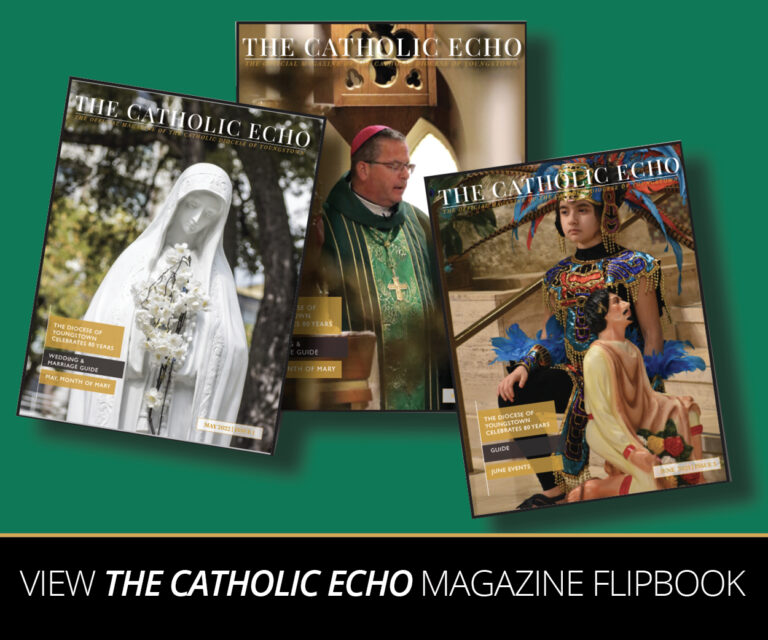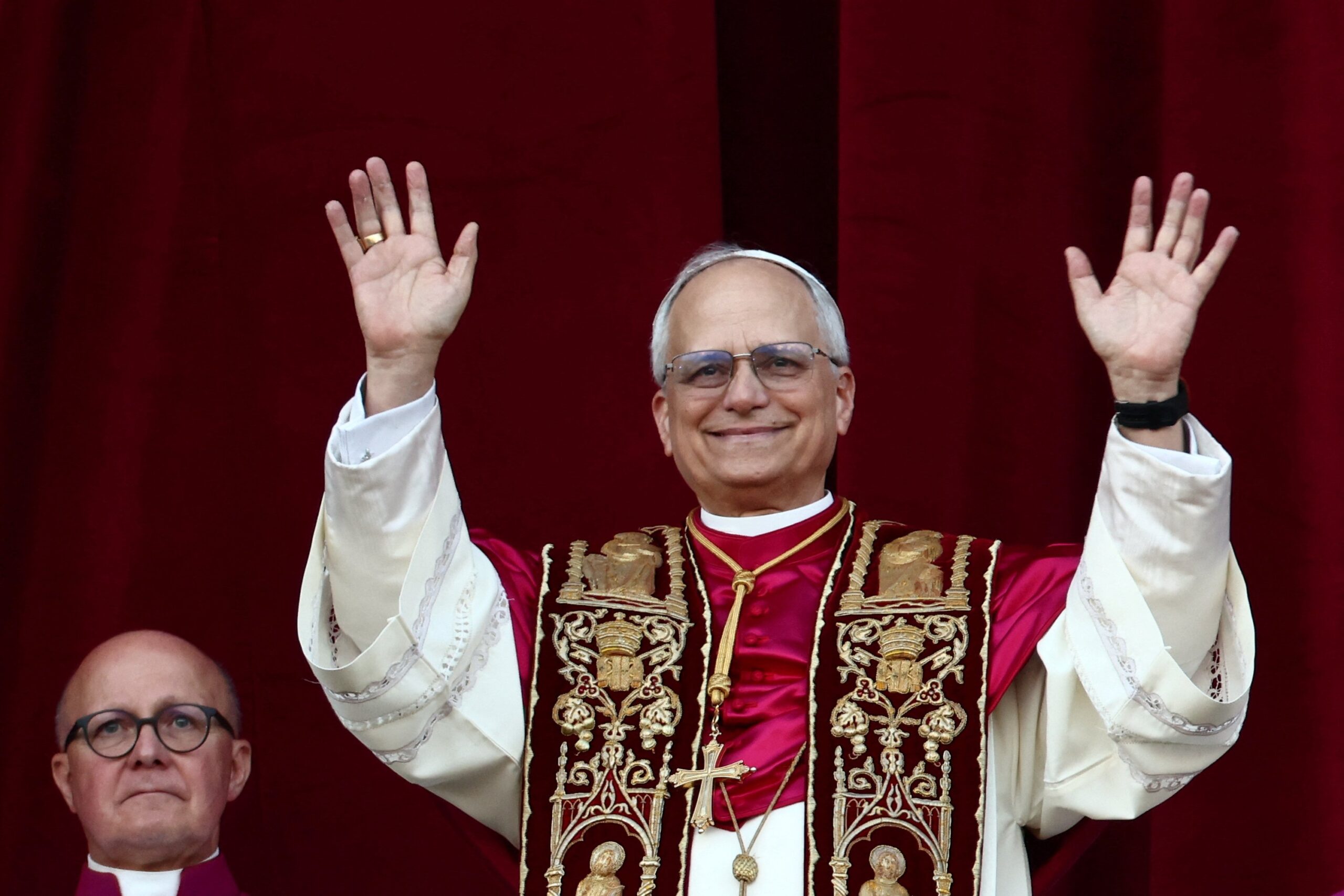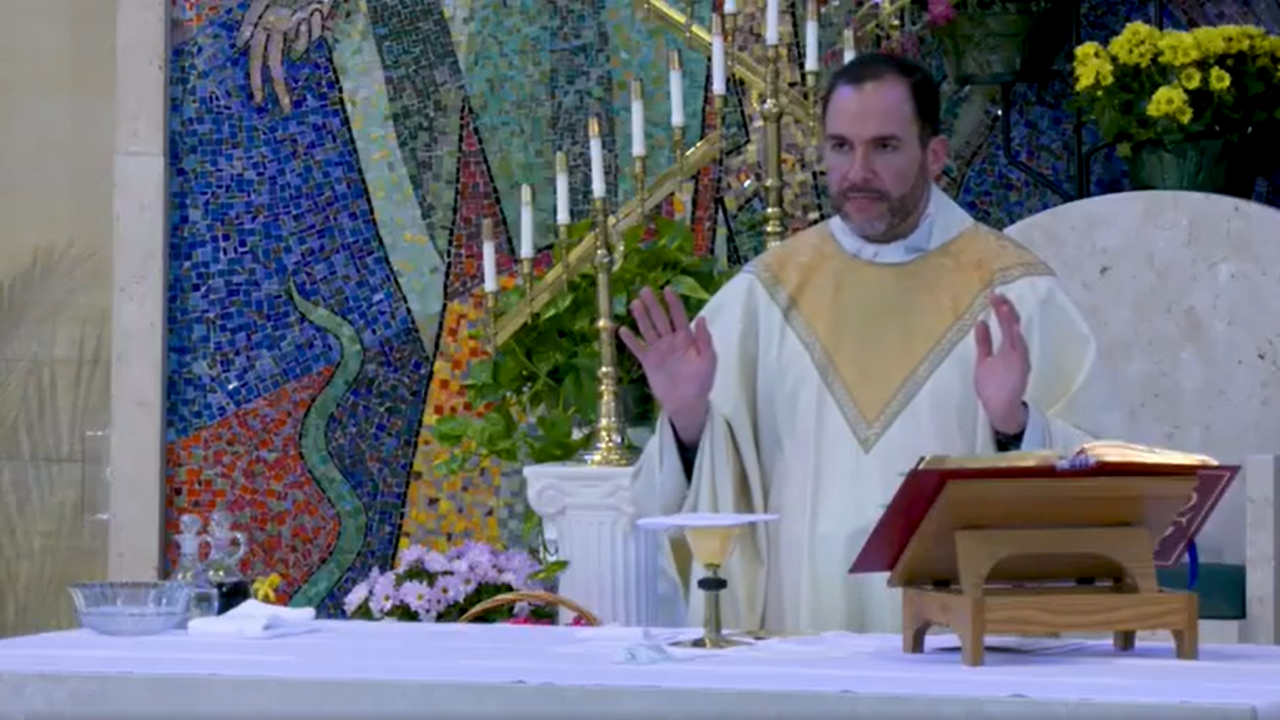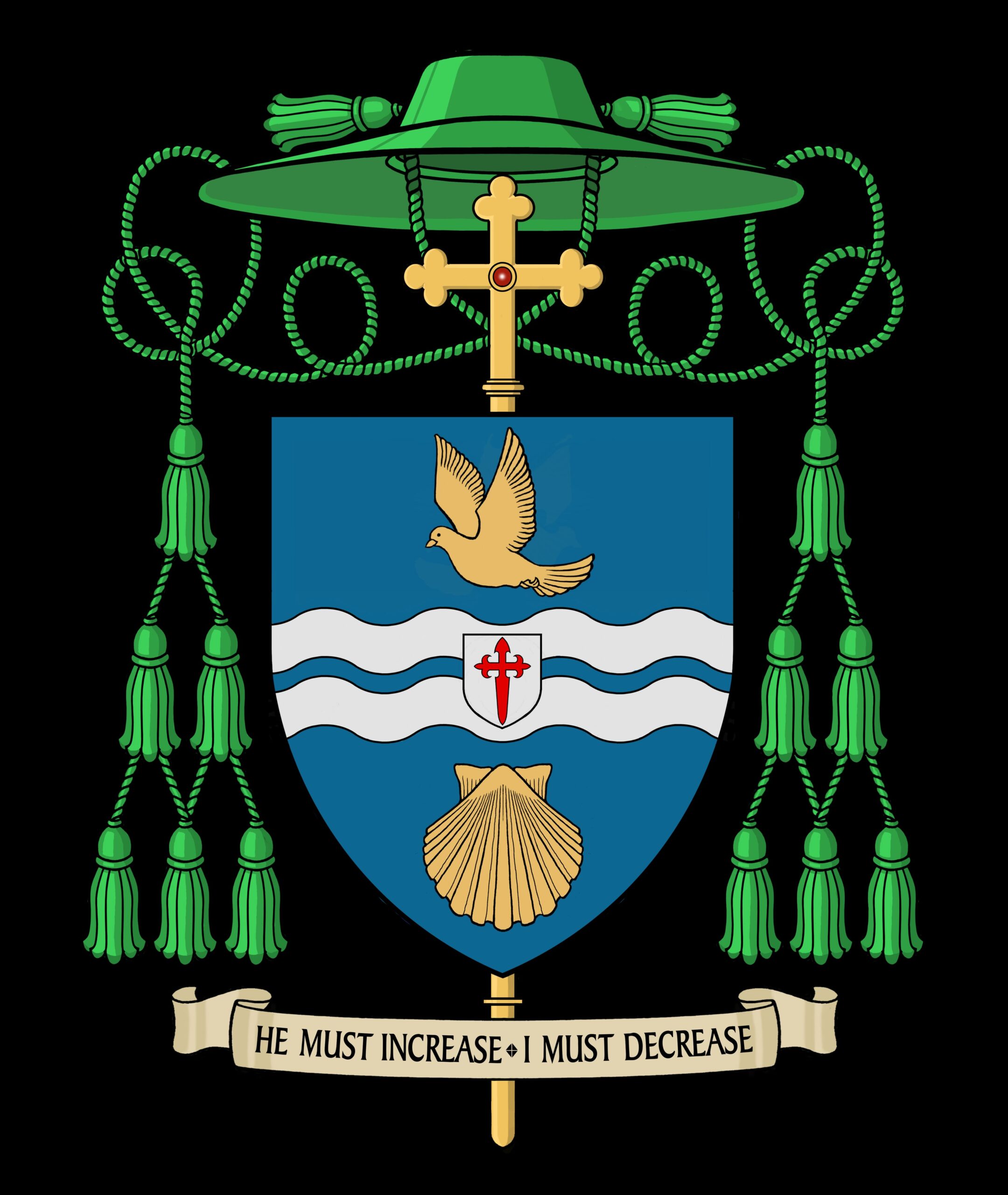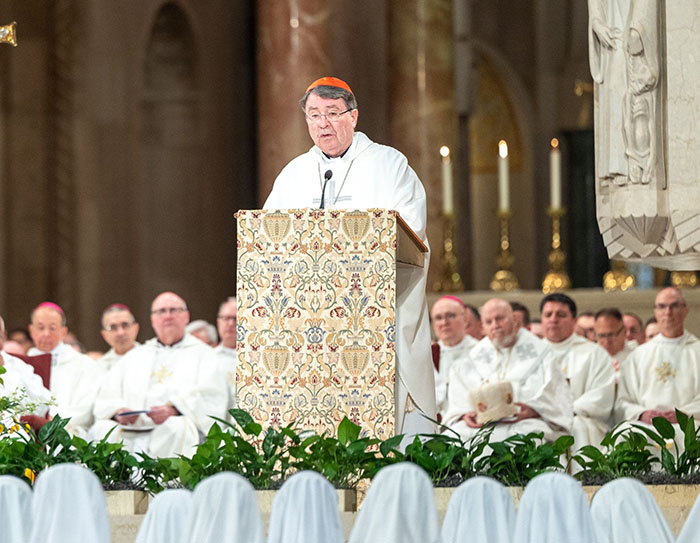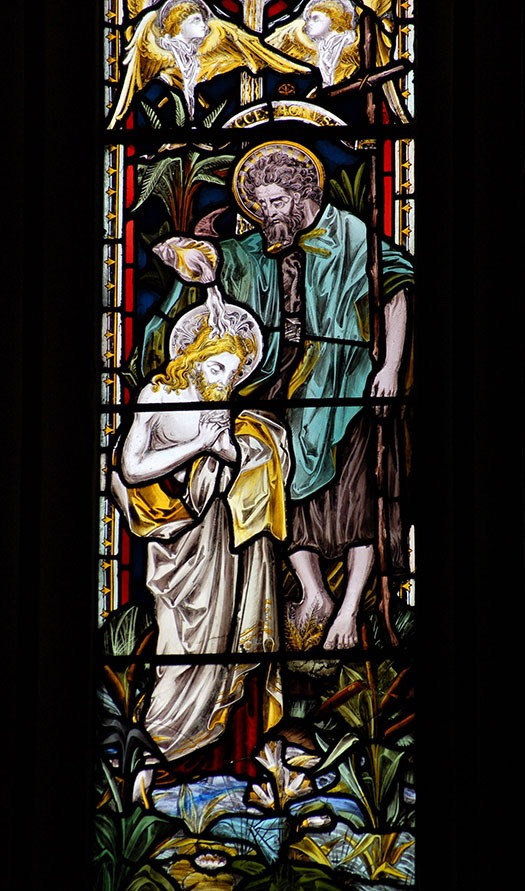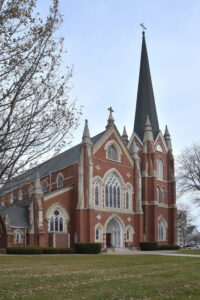
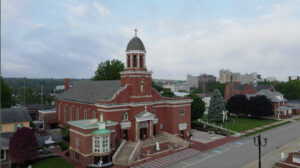
This year, the Basilica of Our Lady of Mount Carmel in Youngstown is celebrating its 10th anniversary of becoming a minor basilica. But what is a basilica?
A basilica can refer to either a specific style of building that was common in ancient Roman architecture—a long, rectangular structure made up of a central nave with an apse (a vaulted semicircular recess) and two longitudinal aisles on either side—or to a church that has received a special honorary designation as a particularly important church, as is the case with Our Lady of Mount Carmel and St. John the Baptist Basilica in Canton.
These overlapping definitions reiterate the tremendous degree of cross-pollination that occurred between Roman civilization and the Church. These types of buildings were commonly found close to or within town forums and could serve numerous purposes, whether military, commercial, judicial or religious.
When Emperor Constantine converted to Christianity in 312 AD and decriminalized Christian worship with the Edict of Milan in 313 AD, basilicas were adopted for religious use, and new churches were built in the same manner.
There are two types of basilicas—major and minor. There are only four major basilicas, all in Rome or within the walls of the Vatican, including St. Peter, St. John Lateran, St. Paul Outside the Walls and St. Mary Major. Each of these major basilicas was associated with a “patriarchal see,” referring to the highest ranking Bishop in important regions from early Church history. For example, St. Peter Basilica was traditionally associated with the Patriarch of Constantinople, while St. John Lateran Basilica was associated with the Bishop of Rome. These associations signified the unity of the Catholic faith within Rome.
Only major basilicas may prefix their titles with the word sacrosancta, meaning “most holy,” and also contain “holy doors,” which are ceremonially opened during Jubilee years to allow pilgrims to pass through in order to gain plenary indulgences. St. Lawrence Outside the Walls, while being historically associated with the Patriarch of Jerusalem, is considered a “minor Papal basilica,” which is in fact an even smaller set of basilicas at just three: St. Lawrence Outside the Walls, the Basilica of St. Francis of Assisi and the Basilica of St. Mary of the Angels, also in Assisi.
Finally, there are minor basilicas, like the two that we have here in the Diocese of Youngstown. A minor basilica can be any church that holds a special historic, cultural or spiritual significance, and must be specifically designated by the Pope in a papal brief. Being granted the title of basilica demonstrates a special connection to Rome and the life of the Church and comes with several privileges.
Basilicas can display three physical signs that denote its significance: the conopaeum, the tintinnabulum and the papal seal.
The conopaeum is essentially a red and gold silk umbrella that is a replica of the sort used to provide shade for the Pope in centuries past, and, having become a part of the Holy Father’s regalia, is prominently displayed near the basilica’s altar. In major basilicas, the conopaeum is made of cloth-of-gold and red velvet, while in minor basilicas it is made of red and yellow silk. The conopaeum is to be opened whenever the Pope visits the basilica.
A tintinnabulum is a “little bell” (as translated from medieval Latin) that is held in a golden frame and also decoratively features the papal tiara and keys. On special occasions—such as if the Pope were ever to celebrate Mass at the basilica—the tintinnabulum is mounted on a pole and leads the procession.
Lastly, the papal seal can be displayed prominently throughout the basilica—on banners, furnishings, the basilica’s seal, etc.
The basilica’s rector is also granted the privilege to wear a special mozetta, or “cape,” with special red piping and buttons. Alongside these privileges, a basilica also has certain responsibilities. Basilicas must celebrate “with particular care” the feast of the Chair of Peter on February 22, the solemnity of SS. Peter and Paul on June 29 and the anniversary of the Pope’s election—in this case, it would be March 13.
But how does a church become a basilica? There are four basic qualities that the Vatican assesses to determine a church’s eligibility for promotion to minor basilica: The church must have been dedicated to God by a liturgical rite and must stand out as a center of active and pastoral liturgy, especially through celebrations of the sacraments; the church must be of sufficiently large size in order to carry out “worthy and exemplary celebrations;” and the church should have a certain level of notoriety within its diocese; and the church must also meet certain staffing requirements (there must be enough priests to carry out the liturgical and pastoral needs of the church, an appropriate number of ministers to encourage the church’s faith life, and there must also be a schola cantorum, which is an ecclesiastical choir).


